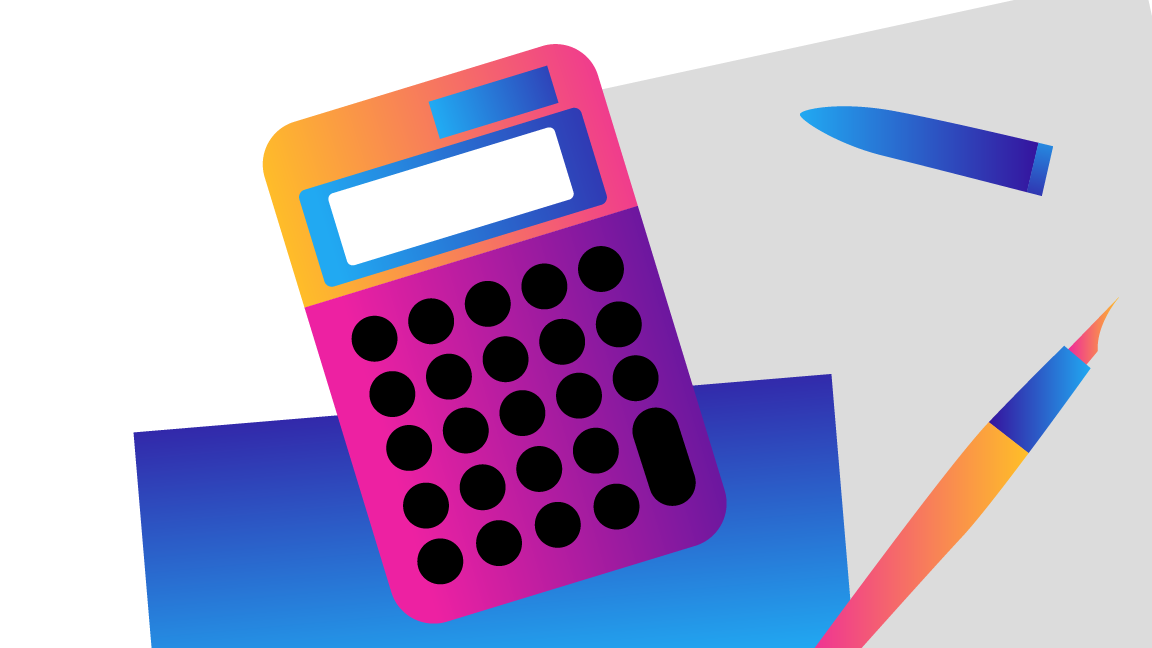Volume 42 | Issue 52
Download this FYI as a printable PDF
The Department of Health & Human Services has finalized the 2020 out-of-pocket maximums at $8,150 for self-only coverage and $16,300 for other than self-only coverage. It also finalized proposed rules that change how amounts paid for brand-name drugs are applied towards those maximums.
Background
Each year, the Department of Health & Human Services (HHS) releases the HHS Notice of Benefit and Payment Parameters that provides important guidance related to the Affordable Care Act (ACA) marketplaces and various ACA provisions. Last January, HHS released the proposed rule for 2020. (See our February 13, 2019 For Your Information.) On April 18, HHS released the final rule and a fact sheet summarizing the guidance. While primarily focused on the ACA marketplaces and insurers offering products in the marketplaces, the rule finalizes the 2020 ACA out-of-pocket maximums that affect large employer and self-insured group health plans.
Caution for high-deductible health plans
High-deductible health plans intended to be HSA-compatible are subject to lower OOP maximums – the 2020 limits are $6,900 for self-only coverage and $13,800 for other than self-only coverage. (See our May 30, 2019 FYI.)
Out-of-pocket maximums
Effective for plan years beginning on or after January 1, 2014, the ACA imposes annual out-of-pocket (OOP) maximums on the amount that an enrollee in a non-grandfathered health plan, including self-insured and large group health plans, must pay for essential health benefits (EHB) through cost-sharing. (See our February 27, 2013 For Your Information.)
The final rules slightly reduce the premium adjustment percentage used in the proposed rules to determine the out-of-pocket maximum for plan years beginning in 2020. As a result, the OOP limits will be $8,150 for self-only coverage and $16,300 for other than self-only coverage. This represents an increase of $250 for self-only coverage and $500 for other than self-only coverage over the 2019 OOP maximums of $7,900 and $15,800 respectively.
Impact of change on employer shared responsibility assessments
The premium adjustment percentage also affects the calculation of the employer shared responsibility assessments. In light of the lower percentage adopted in the final rules, the assessment amounts for 2020 are estimated to be $2,570 (for failure to offer coverage) and $3.860 (for failure to offer affordable, minimum value coverage).
Exclusion of manufacturer coupon amounts from OOP limits
The proposed rules had included several proposals intended to discourage the use of brand-name drugs when generic equivalents are available. Only one proposal was adopted in the final rule. Effective for plan years beginning in 2020, to the extent consistent with applicable state law, group health plans and issuers are not required to count cost-sharing amounts paid using drug manufacturer coupons for specific prescription brand drugs towards the OOP maximum if the drug has an available and medically appropriate generic equivalent.
Buck comment. Importantly, the final rule doesn’t define “coupon” or provide guidance on when a generic equivalent will be considered “available” or “medically appropriate.” Plan sponsors should consult with their advisors when designing and implementing a program.
ACA indexed dollar amounts
The table below summarizes the ACA indexed dollar limits for 2020 and prior years.
| ACA indexed dollar amounts | ||||||||
| Out-of-pocket maximums (1,9) | PCORI fee (2,5) |
Transitional reinsurance fee (6) | Health FSA salary reduction cap (3,9) | Employer shared responsibility annual assessments (1,4,6,7,8) | ||||
| Self-only | Other than self-only |
4980H(a) – Failure to offer coverage | 4980H(b) – Failure to offer affordable, minimum value coverage | Affordability threshold under 4980H(b) | ||||
| 2020 | $8,150 | $16,300 | N/A | N/A | Not available | $2,570 (est.) | $3,860 (est.) | Not available |
| 2019 | $7,900 | $15,800 | N/A | N/A | $2,700 | $2,500 (est.) | $3,750 (est.) | 9.86% |
| 2018 | $7,350 | $14,700 | $2.45 | N/A | $2,650 | $2,320 | $3,480 | 9.56% |
| 2017 | $7,150 | $14,300 | $2.39 | N/A | $2,600 | $2,260 | $3,390 | 9.69% |
| 2016 | $6,850 | $13,700 | $2.26 | $27 | $2,550 | $2,160 | $3,240 | 9.66% |
| 2015 | $6,600 | $13,200 | $2.17 | $44 | $2,550 | $2,080 | $3,120 | 9.56% |
| 2014 | $6,350 | $12,700 | $2.08 | $63 | $2,500 | $2,000 | $3,000 | 9.50% |
| 2013 | N/A | N/A | $2.00 | N/A | $2,500 | N/A | N/A | N/A |
| 2012 | N/A | N/A | $1.00 | N/A | N/A | N/A | N/A | N/A |
Notes:
(1) Indexed to increase in average per capita premium for U.S. health insurance coverage in prior calendar year. Out-of-pocket maximum does not apply to grandfathered plans or retiree-only plans
(2) Indexed to increases in national health expenditures
(3) Indexed for CPI-U
(4) One-twelfth of annual amount assessed on monthly basis. No assessments for 2014
(5) Applicable dollar amount affected by when plan year ends. No assessment for plan years ending on and after October 1, 2019
(6) Applies on a calendar year basis
(7) 2019 and 2020 assessment amounts have not been released. Estimate based on increase in average per capita premium for U.S. health insurance coverage as determined by HHS
(8) Affordability threshold adjusted consistent with Code Section 36B(b)(3)(A)(i)
(9) Applies on a plan year basis
N/A – Not applicable
